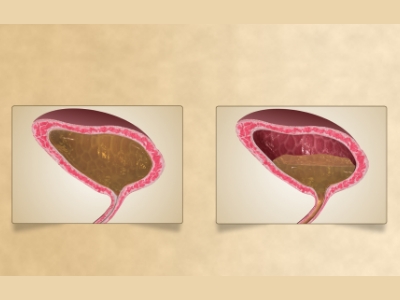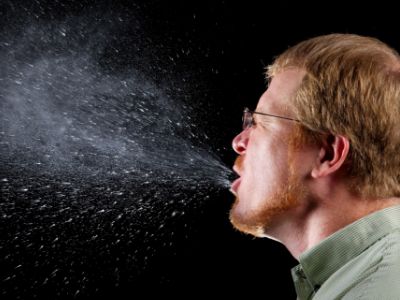Urinary Incontinence: Symptoms, Types, Risk Factors, Causes and Treatment

Urinary incontinence is a common and often embarrassing problem. The severity ranges from occasionally leaking urine when you cough or sneeze to having the urge to urinate that’s so sudden and strong you don’t get to a toilet in time.
Though it occurs more often as people get older, urinary incontinence isn’t an inevitable consequence of ageing. Don’t hesitate to see your doctor if urinary incontinence affects your daily activities. For most people, simple lifestyle and dietary changes or medical care can treat symptoms of urinary incontinence.
What is Urinary Incontinence?

Urinary incontinence is a condition that impacts many people’s lives. You may experience bladder control issues and leak urine when you have incontinence. This leakage is often uncontrollable and can negatively impact your life.
Your urinary system comprises the kidneys, ureters, bladder and urethra. These parts do several jobs. They filter, store and remove waste from your body. Your kidneys are the filters of your body. Waste products are removed from your blood by the kidneys, creating urine. The urine then moves down through two thin tubes called ureters. The ureters connect to the bladder, where the urine will collect until it leaves the body. Your bladder is like a storage tank. Once the bladder is complete, the brain signals that it’s time to urinate. Urine then leaves the bladder when a muscle opens up, allowing the urine to flow freely out of the body through the urethra. When this system is working smoothly, you usually have time to get to a bathroom before urinating, and you don’t experience any urine leakage. Urinary incontinence can happen when these parts don’t operate as they should. It can happen for many different reasons throughout your life.
Many people think incontinence is a normal part of ageing that can’t be helped. While it is true that your risk of incontinence increases as you get older, there are also treatments available to help you manage this condition. Incontinence doesn’t have to disrupt your life and keep you from being active.
Types of Urinary Incontinence
There are several different types of incontinence. These types have different causes, characteristics and triggers for urine leakage. Knowing the type of incontinence is often an essential part of the diagnosis and treatment plan for incontinence.
The types of incontinence include:
- Urge incontinence
- Stress incontinence
- Overflow incontinence
- Mixed incontinence
Signs and Symptoms of Urinary Incontinence
The main symptom of incontinence is a leakage of urine. It could be a constant dripping of urine or an occasional leakage experience. If you have incontinence, you might have significant amounts or small amounts of leaked urine. You might experience leakage for various reasons, often depending on the type of incontinence you have.

You might leak urine when you:
- Exercise
- Cough
- Laugh
- Sneeze
- Have the urge to urinate but can’t make it to the toilet on time
- Have to get up in the middle of the night to urinate
Risk Factors of Urinary Incontinence
Incontinence can happen to anyone. However, it’s more common in certain groups and times in your life. Incontinence is much more common in women than in men. It is often related to pregnancy, childbirth and menopause. Each of these experiences can cause a woman’s pelvic support muscles to weaken over time.
You’re also more likely to experience incontinence as you get older. The muscles that support your pelvic organs can become weaker over time, causing you to experience leakage issues.
What Causes of Urinary Incontinence
There are many different reasons that you could experience incontinence. These causes can vary depending on if you’re a woman or a man. Some causes are temporary health conditions that usually go away once treated. In those cases, your incontinence also usually stops once the condition is treated. Long-term medical conditions can cause incontinence. When you experience leakage issues because of a chronic condition, it’s usually something you will have to manage over a more extended period. Even with treatment, chronic conditions usually don’t go away. Incontinence may have to be managed over time as a symptom of your chronic condition.
Treatment, Management, and Prevention of Urinary Incontinence
There are many different factors that your healthcare provider will consider when creating a treatment plan for your incontinence. The type of incontinence and how it affects your life are significant considerations. Your provider will also talk to you about the type of treatment you are most comfortable with. You can explore three main treatment types for incontinence — medications, lifestyle changes and surgery. Each option has pros and cons that your provider will discuss with you.



